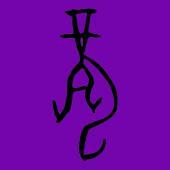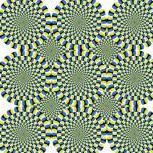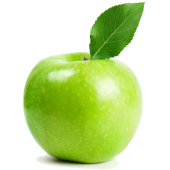-
Content count
2,387 -
Joined
-
Last visited
About MuadDib
-
Rank
- - -
Personal Information
- Gender
Recent Profile Visitors
22,077 profile views
-
@SimpleGuy It's going really well, I landed a client! Just one ... and not so much money but its been a proof of concept for me. I am mostly doing research at the moment, but so far I designed my own "set and forget" system to grow complex mushrooms species requiring tightly controlled humidity, airflow, cleanliness and temperature (usually requiring complex setups that can cost thousands of dollars) using just an aquarium air pump, an aquarium heater and a storage box,,, less than $100. Mycology has many areas of application, from being able to provide cheap nutrition, to textiles, to psychedellic experiences for consciousness work. I am also interested in hypnosis and it's applications, still studying to be a registered physiotherapist and working as a truck driver. Ideally over a long term horizon Id like to integrate bodywork, mycology, hypnosis into protocols to help people with consciousness work. With avenues to fall back on if the world blows itself up,,, like just being a driver, or a physiotherpist, or a food producer, much like a six figure market garderner but specialized in mushrooms for more diverse, easy to grow nutrient sources from small spaces. Currently on the first little holiday I've been on in a few years, just enjoying my time with family. (: Its a good course, but I'm not breaking my neck to become a billionaire, I would just like to get to about $10-20k a month in a couple of years.
-
yes
-
Parmesan cheese is conformity. Casu Martzu is not conformity.
-
How do they say they love it? And in what context? There is more to language than the face value of words... because all words are meaningless, and to grok another's meaning you have to conform to their expression in the specific context. 1.5% of all wine sales are non-alcoholic. So 98.5% of people love the alcohol component of the overall experience of drinking wine. I would wager that of that 1.5% who don't, a significant proportion are alcoholics, kids and asians who can't process aldehydes ... hence the lack of red wine consumption in asian cultures, and the lack of the use of the english word "wine" there as well; people conform to different things, like enjoying a dog bbq, which I'm sure is delicious although I haven't tried.
-
Would you know English without conforming to everyone else who does? And who doesn't find red wine disgusting? People drink for its effects. The chances of initially creating and discovering wine on your own and convincing yourself to drink it are slim, as with all originality.
-
Surfs up hit different as an adult for some reason.
-
R Scott Bakker apocalypse series.
-
True. I should specify I want a retro console emulator. The product above can do all of those up to ps1, and comes preloaded with 4000 vintage games. No ads, no microtransactions, just games.
-
Yes, and the notion of 'working for yourself' is a fallacy in the end. Everyone has a boss.
-
@Vali2003 All of language is conformity, you didn't come up with English yourself. Accents are a level deeper...
-
Ive been wanting to get a retro console that isnt too expensive to relive nostalgia and stuff. I would like to play up to ps2 game because thats what I played most as a kid with my brother. Ive seen a lot of great reviews on this product, but its more for the really old stuff, it doesnt seem the have the neccessary compute to handle ps2 era games. Anyone have recommendations or advice?
-
This guy casually drops billion dollar ideas in amongst his videos on his various channels. One of them was a decentralized social media platfrom, like blockchain but for video hosting, years ago because he was dissatisfiedwith the direction of youtube algorithms. It's superfluous fluf tho. His main content is fire.
-
Accents - I realised as a kid moving around that the fine motor control of vocal cords, tongue and nasal passages that produced different accents in the same language are copied unconsciously between people. That opened my mind to how unoriginal most thought is, including my own. Responding to threads is conformity, too.
-
If this were true, then nobody would reach awakening. Sloppy work, Leo. Sloppy.
-
















